A Few Words About Corals
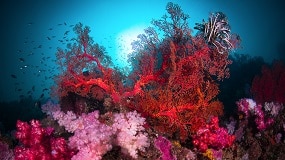
Coral reefs are not solely beautiful coloured rocks in the sea. They are living organisms and ancient ecosystems; most established coral reefs are between 5,000 and 10,000 years old!
Coral reefs provide so much more than aesthetic value and fisheries resources:
- they provide coastal protection against ocean swells and damaging storms for 150,000 km of shoreline in over 100 countries
- over 1 billion people depend directly on reefs for their livelihood
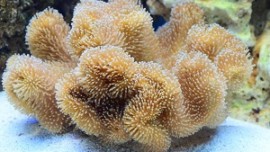
- they are home to 25% of all marine species, although they cover only about 1% of the ocean floor
- they are the mating, feeding, and breeding grounds for open ocean species
- they regulate carbon dioxide levels in the oceans, allowing them to become a sink for the carbon dioxide in the atmosphere
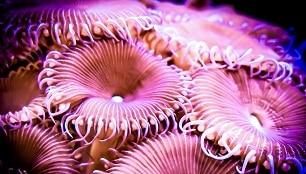
Corals are fragile and slow growing. The slowest growing species add only between 5 and 25 millimeters per year to their length, whereas the fastest growing species can grow up to 20 centimeters per year.
Unfortunately, today’s coral reefs face an uncertain future. 75% of all reefs are currently threatened by a combination of global and local pressures.
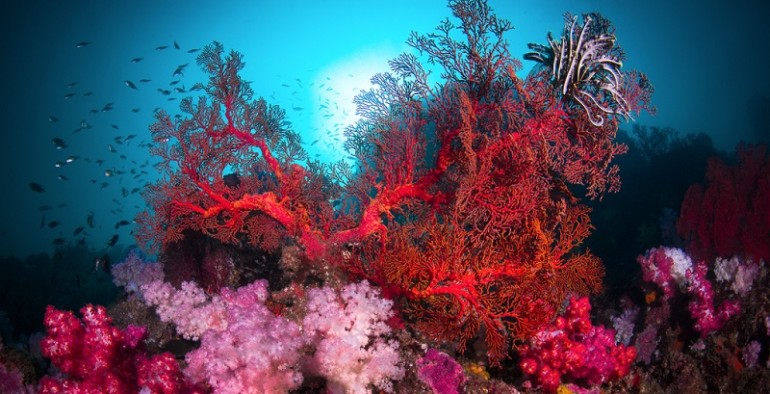
The Red Sea reefs cover an area of more than 1,500 km with associated eco-systems such as, islands and mangroves. This underwater eco-system is home to over 300 species of corals and more than 1,000 identified species of fish, 10% of which are found nowhere else in the world.
Coral reefs are not solely beautiful coloured rocks in the sea. They are living organisms and ancient ecosystems; most established coral reefs are between 5,000 and 10,000 years old!
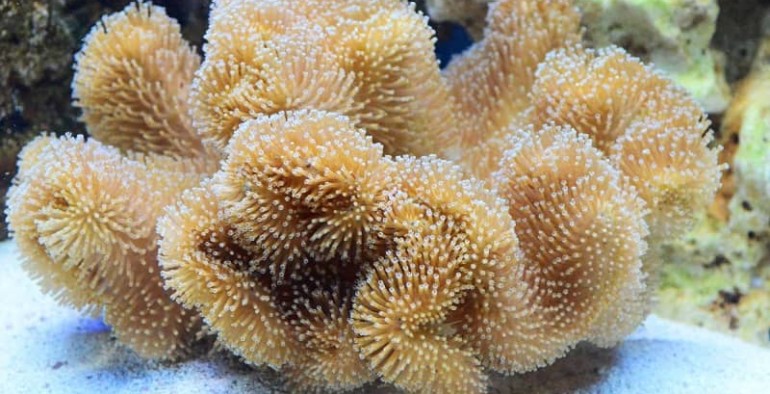
Coral reefs provide so much more than aesthetic value and fisheries resources:
- they provide coastal protection against ocean swells and damaging storms for 150,000 km of shoreline in over 100 countries
- over 1 billion people depend directly on reefs for their livelihood
- they are home to 25% of all marine species, although they cover only about 1% of the ocean floor
- they are the mating, feeding, and breeding grounds for open ocean species
- they regulate carbon dioxide levels in the oceans, allowing them to become a sink for the carbon dioxide in the atmosphere
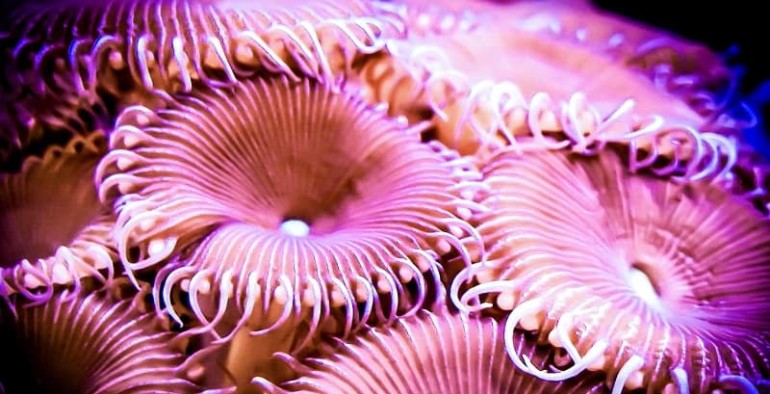
Furthermore, these precious resources are generating an enormous amount of wealth through tourism. It is estimated for instance that 1 meter of coral generates up to $300,000.
Corals are fragile and slow growing. The slowest growing species add only between 5 and 25 millimeters per year to their length, whereas the fastest growing species can grow up to 20 centimeters per year.
Unfortunately, today’s coral reefs face an uncertain future. 75% of all reefs are currently threatened by a combination of global and local pressures.
